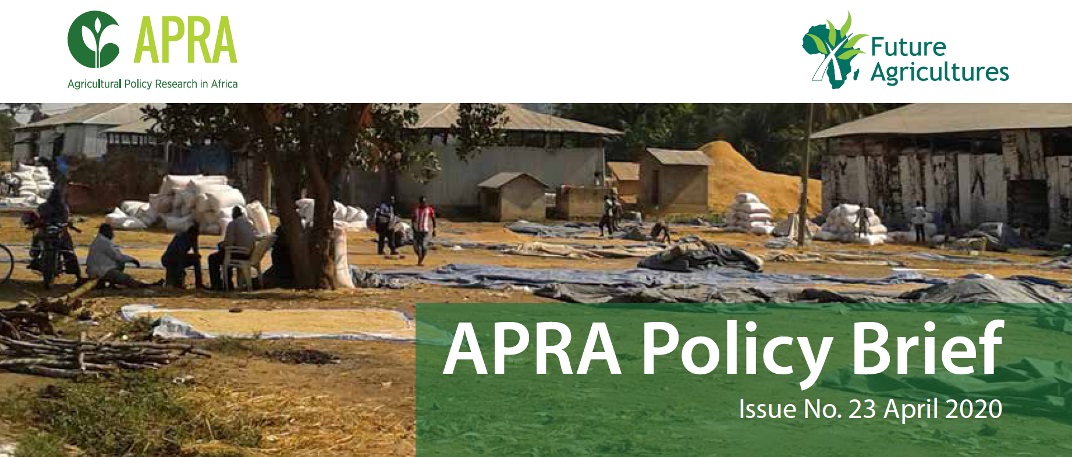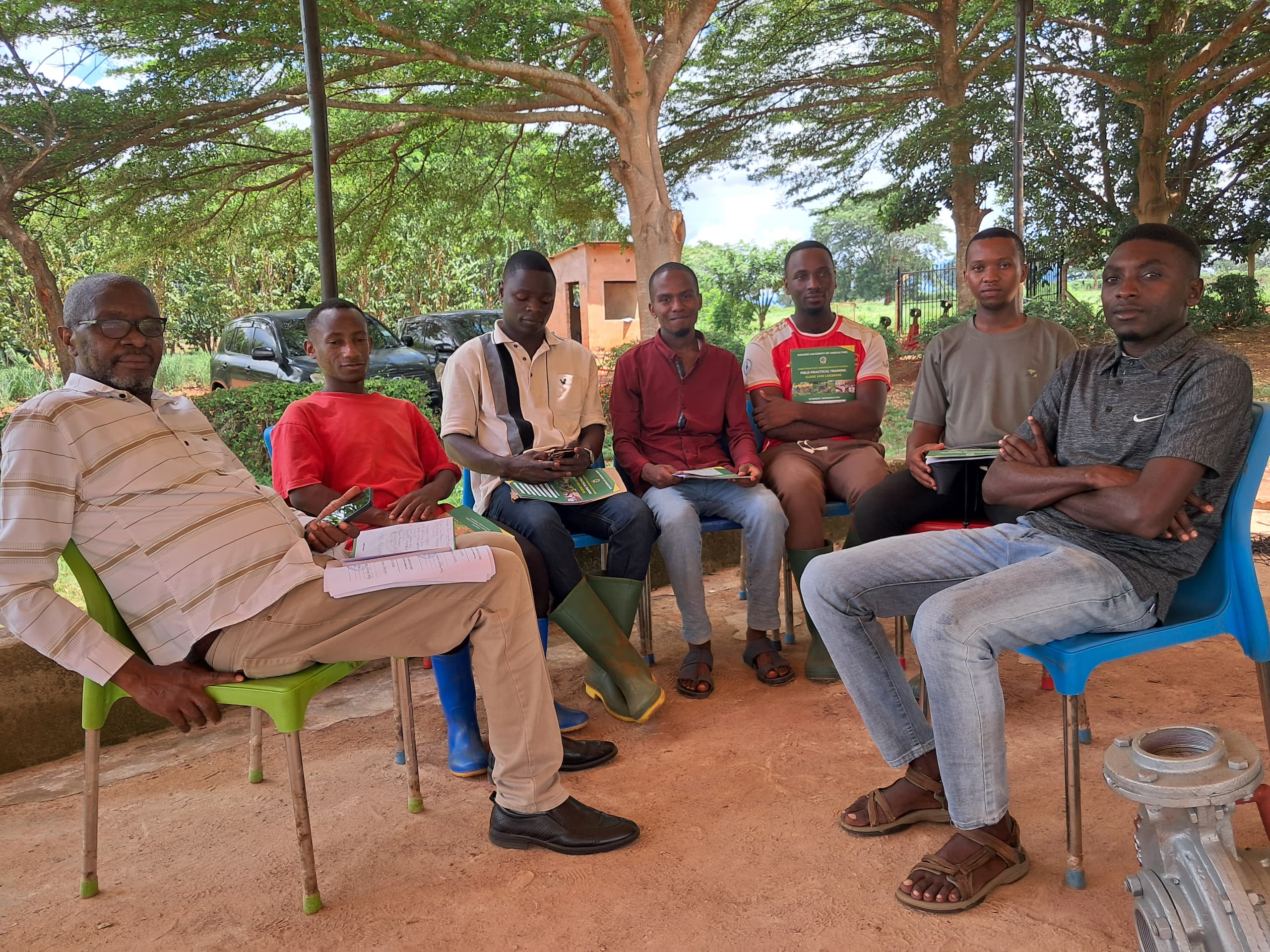
Introduction
Rice is Tanzania’s third most important staple crop, after maize and cassava. It is produced by more than 1 million agricultural households and involves many more actors and service providers along the value chain. Tanzania is second after Madagascar for rice production in East, Central and Southern Africa and is the leading rice producer and consumer in East Africa (Kilimo Trust 2014). In all producing areas, rice serves as a food and cash crop for farming households. About 70 percent of the rice produced by small-scale farmers (SSF) is sold, hence the underlying importance of
supporting inclusive commercialisation.
Although rice production in Tanzania has increased in recent years (7.3 percent per year from 2001–2011), supply still falls short of demand; the deficit was projected to be 2.84 million tonnes
by 2020 and is growing (Wilson and Lewis 2015). This supply gap presents a huge opportunity for rice commercialisation among rice value chain actors. Since 2009, the government of Tanzania has identified rice as a priority crop and has undertaken several national and regional initiatives to promote rice commercialisation.
more information please click this link… https://www.future-agricultures.org/blog/the-challenge-of-getting-to-lukilikila-village/



